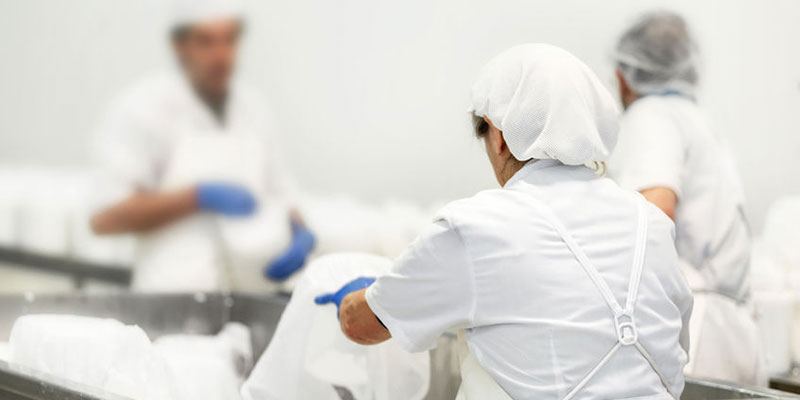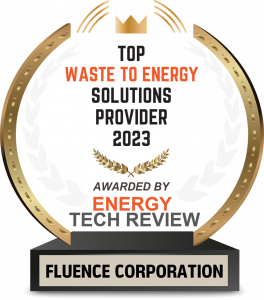Because of its high organic load, food and agricultural wastewater is well-suited for biogas production through anaerobic digestion, which can offset production energy costs.
Waste-to-energy technology converts its high organic into biogas for operations or sale
Food production wastewater streams can be some of the most challenging and expensive to treat. Their composition varies wildly from one application to the next, but one characteristic applies to most food industry wastewater: high organic load.
Food production wastewater requires expensive, complex, multi-stage treatment systems. The cost of such systems can be high, but failure to adequately treat streams on-site can lead to a host of problems, which can make investment in on-site wastewater treatment attractive if not imperative.
Composition of Food Industry Wastewater
Wastewater streams commonly contain nitrogenous organics, organic carbon, suspended solids, dissolved solids, and inorganics. The organic load of food processing wastewater can be up to 10 times higher than municipal wastewater’s.
Common measures of organic load are biochemical oxygen demand (BOD) and chemical oxygen demand (COD), and food industry wastewater is typically high in both. The measurements indicate the amount of dissolved oxygen required to break down all present organic compounds under specific conditions.
If food industry wastewater is discharged untreated into the environment, the nutrient-rich soup can lead to eutrophication, a condition in which excess nutrients supercharge harmful algal blooms. The blooms, in turn, use up all the oxygen in the water, leading to fish kills, public health risk, and strained community relationships.
Food producers may turn to municipal treatment plants to treat their wastewater, but since it can overload the municipal facilities, some form of treatment must first be done on-site to avoid rate hikes or fines.
Food Industry Wastewater Treatment
In food-industry wastewater, BOD and COD commonly are thousands of milligrams per liter, even tens of thousands in some cases, such as effluent from cheesemakers, wineries, and olive millers. Moreover, seasonal variability in production volume also may add to design complexity.
To meet these challenges, a multistage treatment system must be tailored to each operation, which accounts for a great deal of the expense. Treatment technologies must be chosen carefully for their performance in particular scenarios.
Common treatment technologies include traditional biological and physical chemical treatment options, as well as anaerobic waste-to-energy processes. Steps can include dissolved air flotation, coagulation, sedimentation, and membrane and activated carbon filtration. All of these can be complicated by limited space.
Waste-to-Energy
Because of its high organic load, food and agricultural wastewater is well-suited for biogas production through anaerobic digestion, which can offset production energy costs and also adds value by concentrating nutrients for fertilizer.
In anaerobic digestion, temperature-controlled tanks create a favorable environment for microorganisms that digest organic waste outside of the presence of oxygen. This produces gases including carbon dioxide and methane, which are harvested from the top of the digester and used to power thermal process or electrical generators to offset energy costs. Excess electricity can even sold to produce a secondary revenue stream.
Improving Treatment Without Interruption
Multistage plants are complicated, and generally food-processing operations don’t have the luxury of shutting down for upgrades. Fluence has extensive experience in adding waste-to-energy technology to food-processing wastewater treatment trains without stopping production.
Take, for instance, Amadori SpA, one of Italy’s top agro-food producers. It needed to expand production and reduce disposal costs for its high-COD wastewater. Without halting production, Fluence added anaerobic digestion to the existing wastewater treatment plant, sharply reducing sludge levels, generating more energy than needed for production, and producing an effluent that meets strict EU guidelines for discharge into a nearby river.
Contact Fluence to learn more about our sustainable solutions or to discuss your wastewater challenges with our experts.


